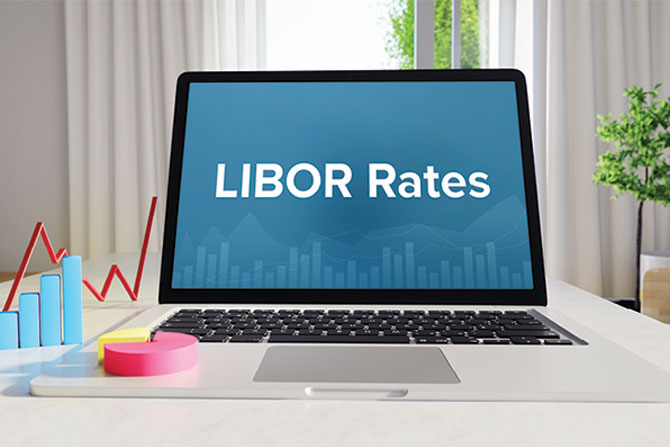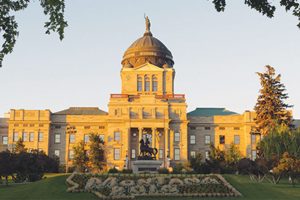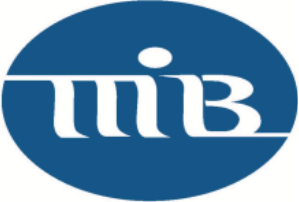By Matt Helsing, SVP, Regional Manager — Northwest
With LIBOR’s days being numbered, financial institutions have the option of choosing their new interest-rate benchmarks, including fed funds. Yet, the Alternative Reference Rates Committee (ARRC) has recommended the Secured Overnight Financing Rate (SOFR) as the best option. Any widely used interest-rate benchmark should have three key qualities, according to ARRC:
- A benchmark needs a reliable administrator, one with robust, durable production and oversight.
- The financial world needs to understand what market the rate represents and how it measures that market.
- Any benchmark must be based on a market with enough transaction volume and diversity to survive times of stress. It needs to show resiliency over time and prove difficult to manipulate.
SOFR checks off all three of these.
Strong backing. Changing a widely used interest-rate benchmark is a challenge for everyone involved and not an experience that anyone, from regulators to traders, is eager to repeat. It makes sense to choose a strong benchmark. SOFR broadly measures the cost of overnight cash loans across three parts of the U.S. Treasury repo market. U.S. Treasury securities back the loans.
Robust market. The U.S. Treasury repo market sees about $1T in daily transactions made by banks, pension funds, corporations, asset managers, insurance companies, and every other contender on a list of thousands of eligible borrowers. It’s in a good spot to stay liquid, even as markets evolve.
Diverse participants. It also attracts a diverse set of participants. One-third of SOFR involves trades cleared through the Fixed Income Clearing Corporation; about 2K entities are eligible to trade there. Around 120 firms lend money, and another 40 to 50 borrow in the repo market’s tri-party segment. This is a diverse group much likelier than LIBOR to weather shocks and changes.
Regardless of the benchmark you choose, the transition away from LIBOR is imminent. While you work out the details, here is a list of important dates to help.
- By Jan. 25, 2021, ISDA’s IBOR Fallbacks Protocol to update legacy contracts will go into effect for adhering participants.
- June 30, 2021, is the ARRC’s recommended date to stop the issuance of new LIBOR indexed business loans.
- Dec. 31, 2021, is currently slated as the last publication date for LIBOR and final stoppage date for all new LIBOR indexed transactions.
- June 2023 is the publication extension (excluding 1-week and 2-month LIBOR) currently proposed by the ICE Benchmark Administration.
If you would like to continue the discussion or need additional information, please contact Matt Helsing.
pcbb.com
http://www.pcbb.com/?utm_source=MIB(MT)utm_content=Article-SOFR-21

Matt Helsing
SVP and Northwest Regional Manager for PCBB
pcbb.com | mhelsing@pcbb.com
Dedicated to serving community banks’ needs, PCBB’s comprehensive and robust set of solutions includes cash management, international services, lending solutions, and risk management advisory services.
This story appears in Issue 4 2020 of the Community Banker Magazine.









